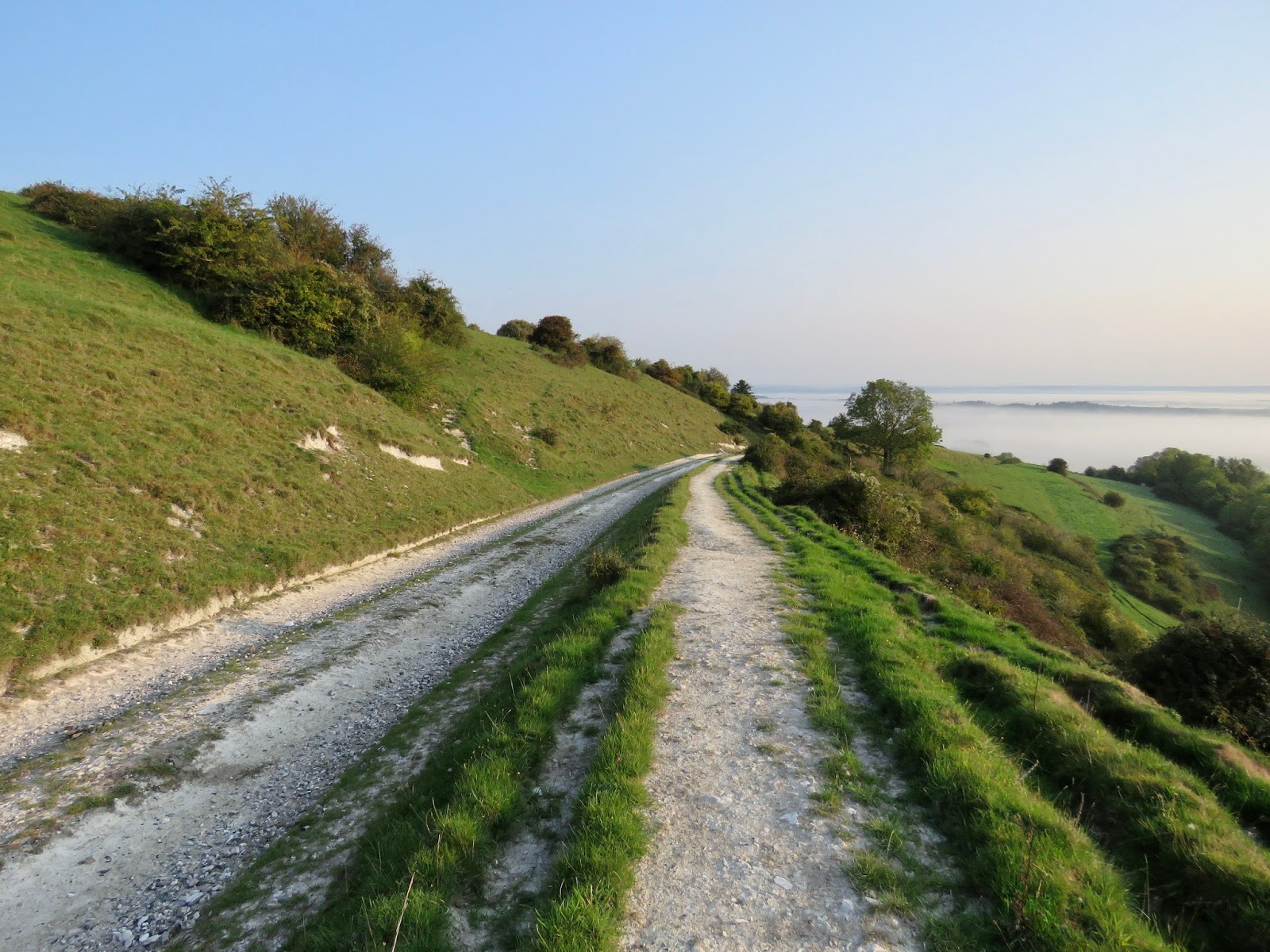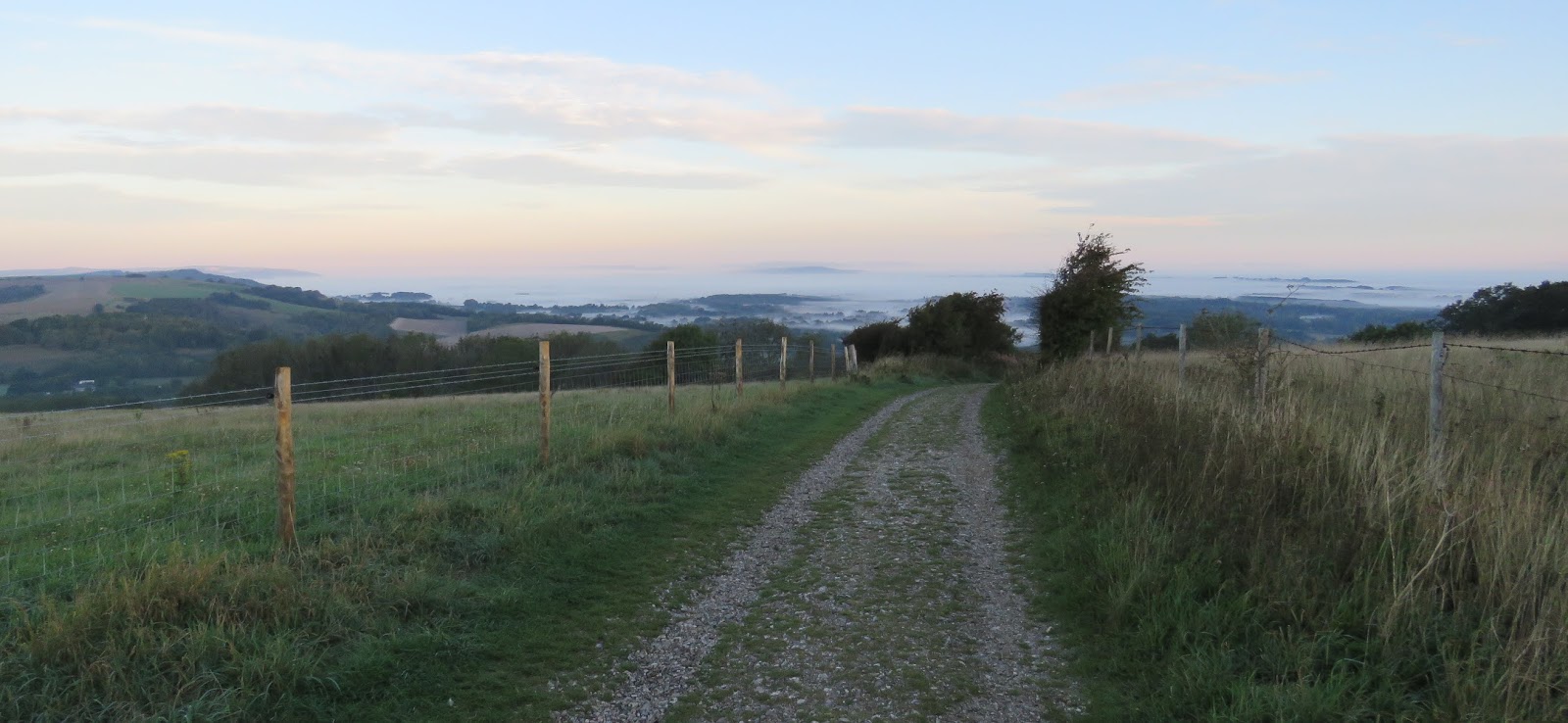New Surrey Hirundine Kings

On September 18th 2017 I was lucky enough to witness a massive movement of hirundines at Canons Farm , that included 6,710 House Martins (a Surrey county record) and 4,000 Swallows. It was one of the finest local days birding that I have had the pleasure to witness. And, for three years, that record has stood. Until today... My birding chums Wes and Robin have obliterated it, with a remarkable 13,302 House Martins! At the same time I was seeing nothing from my Banstead lookout, but on repositioning to nearby Priest Hill recorded 2,200 moving between SW and W (08.35 - 10.15hrs). Moving hirundines are one of the most arresting and exciting sights that a birder can witness. Without wishing to 'Top Trump' the boys, my all-time House Martin record is an almost unbelievable 90,000 at Dungeness on 23rd September 1989. Apart from the hirundines, 60 Meadow Pipits, 10 Siskins and two Redpoll headed the same way, with nine Stonechat (four males) and two Whinchats grounded. Congratulation...










